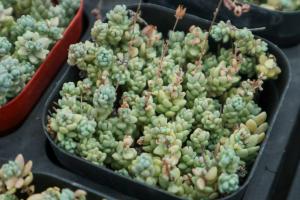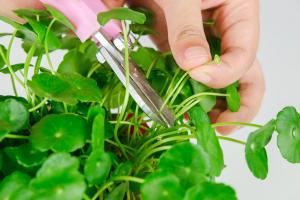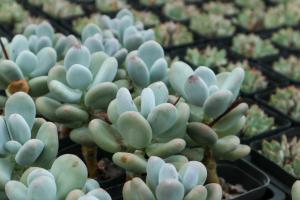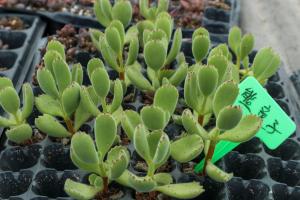Can You Plant Potatoes in a Pot?
Yes, you can! Growing potatoes in containers is a great way to enjoy fresh home-grown potatoes even if you have limited space in your garden. Potatoes can be grown in almost any kind of container as long as it is at least 12 inches deep and has drainage holes.
Choosing the Right Container
The most important consideration when choosing a container for potatoes is size. Potatoes need enough room to spread their roots and produce a good harvest. A container that is at least 12 inches deep and at least 18 inches in diameter is recommended. Plastic pots, wooden boxes, and grow bags are all great options for growing potatoes.
Make sure your container has drainage holes to prevent waterlogged soil, which could lead to rot and disease. You can also add a layer of gravel or broken pottery to the bottom of your container to help with drainage.
Preparing the Potatoes
Before you plant your potatoes, they need to be cut into pieces, each with at least one "eye". The eye is a small indentation on the potato where the new shoots will grow. Cut the potatoes into sections that are about 1 inch thick, making sure each section has at least one eye.
Let the cut potatoes sit out at room temperature for a few days so that the cut edges can dry out and form a protective barrier. This will help prevent rotting when you plant them.
Planting Potatoes in Containers
Fill your container with a high-quality, well-draining potting mix. Make sure it is moist but not waterlogged. Plant each potato section with the cut side down and the eye facing upward, about 4 inches deep. Space the sections 6-8 inches apart in all directions.
As your potatoes grow, cover the stems with soil, leaving just a few leaves exposed at the top. This is called "hilling", and it encourages the plant to produce more tubers. Keep the soil moist but not waterlogged, and fertilize every 2-4 weeks with a balanced fertilizer.
Harvesting Your Potatoes
Potatoes are typically ready to harvest when the plants begin to die back and turn yellow. This usually happens about 2-3 months after planting. You can carefully dig up your potatoes by hand, being careful not to damage them with your garden tools.
After you harvest your potatoes, let them dry out in a warm, dry spot for a few days before storing them. Potatoes should be stored in a cool, dark place with good air circulation to prevent them from sprouting or rotting.
In Conclusion
Growing potatoes in containers is a fun and easy way to enjoy fresh, home-grown potatoes all year round. With a little bit of care and attention, you can harvest a bountiful crop of delicious potatoes from your own patio or balcony. So go ahead and give it a try - you might be surprised by how easy it is!

 how many times do yo...
how many times do yo... how many planted tre...
how many planted tre... how many pine trees ...
how many pine trees ... how many pecan trees...
how many pecan trees... how many plants comp...
how many plants comp... how many plants can ...
how many plants can ... how many plants and ...
how many plants and ... how many pepper plan...
how many pepper plan...
































